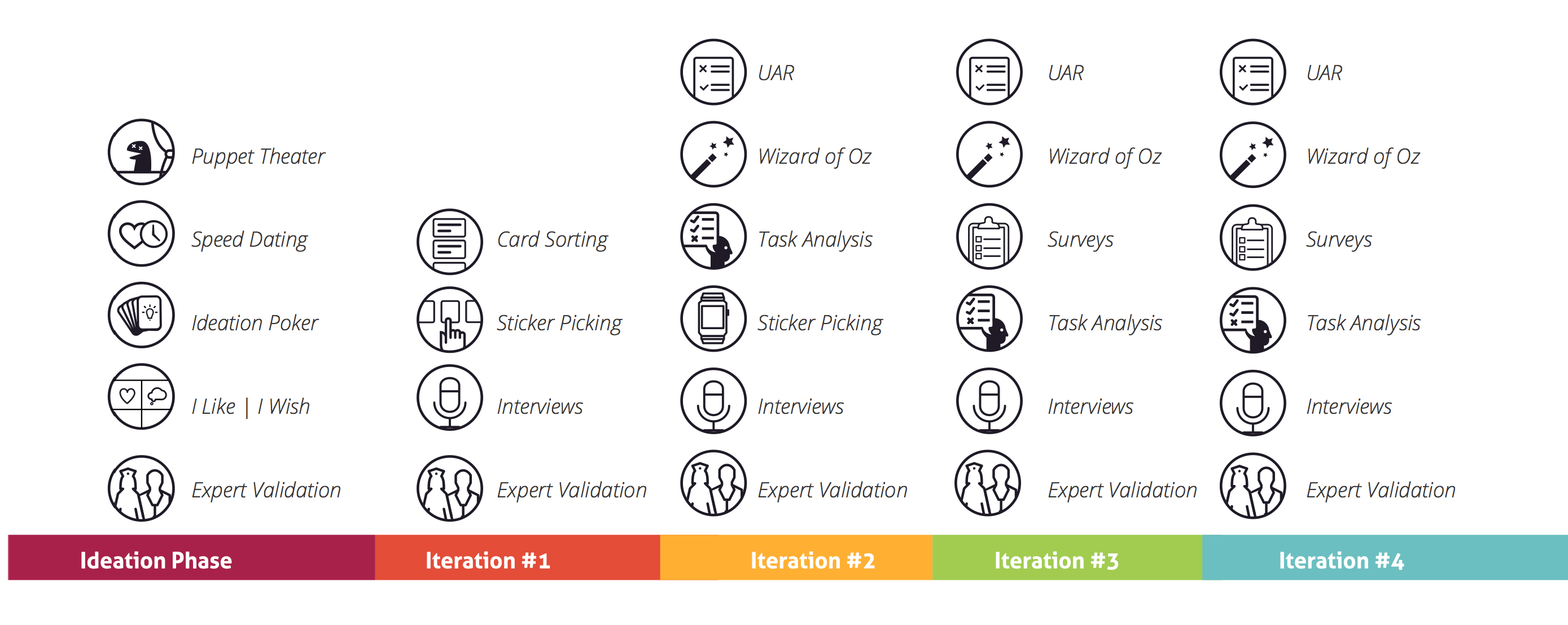


Panasonic is a multinational consumer electronics organization headquartered in Japan. While known as a consumer electronics giant, Panasonic is also involved in many other enterprises. The company recently developed technology to aid senior citizens. Now, Panasonic wishes to develop similar technologies to promote the well-being of other populations.
We are Popbox, a team of User Experience Designers and Researchers. We are working with Panasonic to develop technology that engages children in healthier long-term behaviors. By encouraging active play and healthy choices, we hope to combat the childhood obesity epidemic.


Nikhil is an interaction designer with an undergraduate degree in Political Science. He loves to explore new ways to bring great design and cool technology together.

Barath is a software engineer, who last worked at Samsung, and holds a degree in electrical engineering. Barath enjoys playing soccer, traveling, and meeting new people.

Caroline is an exhibiting media artist and student leader with an undergraduate background in the Fine Arts. She loves Latin dance and indoor positioning systems.

Montse is a graphic designer and front-end developer with seven years of industry experience. She enjoys working with NGOs and developing assistive technology.

Linus is a software engineer with over eight years of professional experience at Lockheed Martin and Sun Microsystems. He is an avid climber.

Our human-centered research process took place over the span of three months and involved both Domain Research & Field Research. This allowed us:
Our domain research suggested that engaging children in healthier behaviors is far more successful when a child's caretakers are involved.
To understand the breadth of solutions that existed to promote proper fitness and nutrition and assess their suitability for children
To understand how caretakers encouraged or discouraged children to engage in healthy lifestyle choices, we used a variety of research techniques.
We reached out to experts to learn about different types of healthy lifestyle strategies and common pitfalls families face when pursuing these strategies. Experts included program organizers, fitness and nutrition professionals, weight-loss experts, food policy experts, and family physicians.
We created a series of activities that allowed families to share the day-to-day choices they made surrounding nutrition and fitness. We held these sessions in family's homes, when possible, and at our facilities on campus. In each setting, we provided children with a variety of creative materials (crayons, play-doh, markers, stickers) to promote an environment where both parents and children felt safe sharing their stories with us.
To understand a family's needs in context, we conducted guerrilla observations. Each “guerrilla observation” involved traveling to different environments often frequented by caretakers and their children. These observations allowed us to understand how different environments can either support or disrupt a family's commitment to healthy lifestyles.
After conducting our domain and field research, we synthesized the data obtained and conducted ideation workshops to create design visions. After validating these visions with different stakeholders and our industry sponsor we consolidated our 3 visions into one and started our iterative design process.
Over the span of 6 weeks we went though four iterations of prototypes of increasing fidelity, doing user-testing and expert validation at each iteration.


Designing interactive systems for children is a challenging and highly rewarding experience. We wanted children to feel comfortable enough to speak with us candidly during research and testing sessions. So, we tweaked existing research methods and created some new ones to obtain valuable feedback from our target population:

We asked children to pick their favorite characters from a randomly assorted stack of stickers we created as a conversation starter. As a child chose a particular sticker, facilitators then conversed with them about their choice.
We asked children to create characters of out of everyday vegetables and then stage a play using these characters. The activity encouraged children to speak candidly about food, activity, and common food-related characters.
We created child-friendly surveys designed to gauge children's perception of the age and gender of various cartoon characters we were interested in including in our prototype.
This is a technique in which a particular aspect of the prototype is 'faked' by a facilitator or separate piece of technology. In each case, the participant is unaware of the simulation and believes the prototype to be fully functional
Members of our team conducted expert reviews of two leading activity trackers, the Nike Fuelband and Fitbit Flex. By wearing these devices, team members were able to familiarize themselves with common wearable interactions
We spoked with experts ranging from game design specialists to medical professionals to inform each stage of our iterative design process. These conversations helped us to critically assess our product's value proposition and long-term viability.
Speed Dating is a user-research method in which participants are shown multiple design ideas in quick succession. Researchers then observe participants' emotional response to each idea.
We identified critical tasks a user needed to accomplish to successfully interact with our prototypes. We evaluated the usability of our products by observing whether users were able to sucessfully accomplish these tasks.